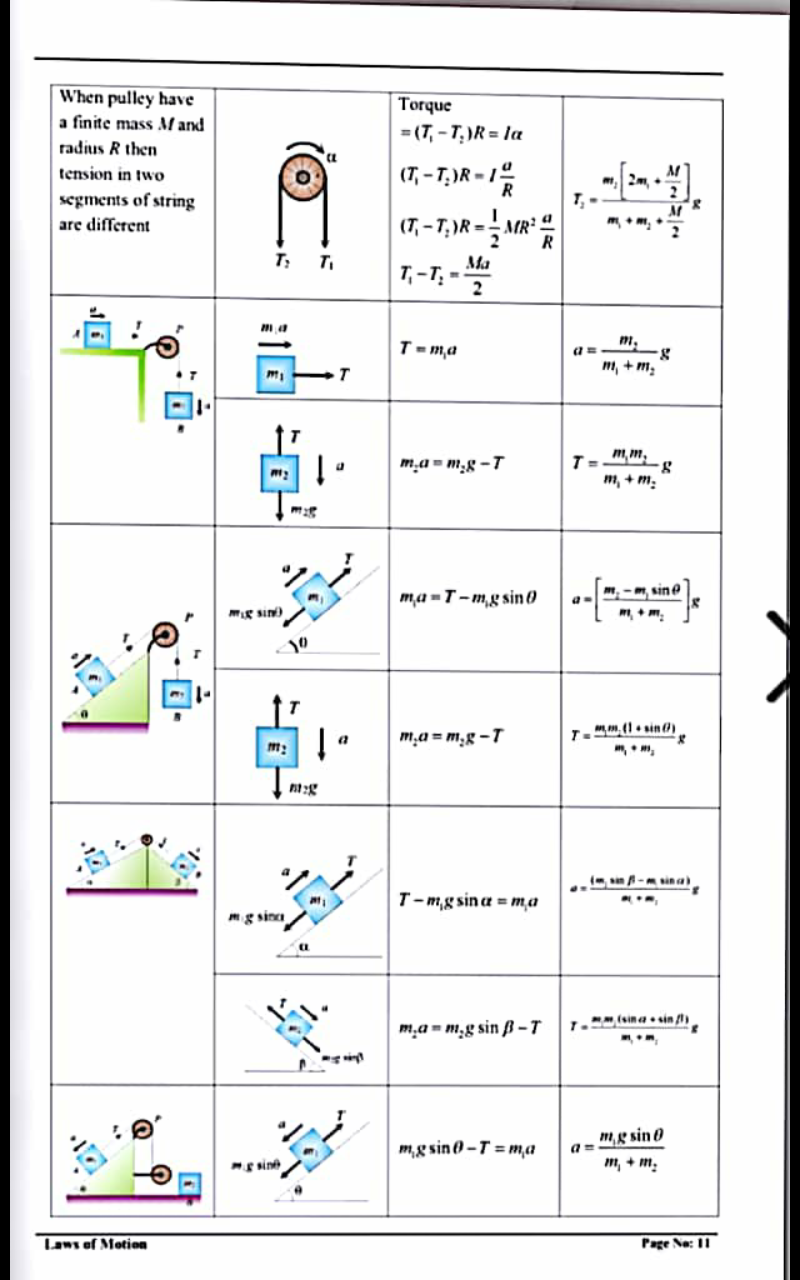
OthersQuestion and Answers: Page 110
Question Number 39771 Answers: 0 Comments: 0

Question Number 39769 Answers: 0 Comments: 0

Question Number 39767 Answers: 0 Comments: 0

Question Number 39766 Answers: 0 Comments: 0

Question Number 39765 Answers: 0 Comments: 0

Question Number 39764 Answers: 0 Comments: 0

Question Number 39763 Answers: 0 Comments: 0

Question Number 39761 Answers: 0 Comments: 0

Question Number 39762 Answers: 0 Comments: 0

Question Number 39756 Answers: 1 Comments: 1
Question Number 39700 Answers: 0 Comments: 1
Question Number 39696 Answers: 1 Comments: 3

Question Number 39689 Answers: 1 Comments: 2
Question Number 39727 Answers: 0 Comments: 1
Question Number 39650 Answers: 1 Comments: 0
Question Number 39640 Answers: 1 Comments: 0
Question Number 39611 Answers: 1 Comments: 0
Question Number 39607 Answers: 3 Comments: 0
Question Number 39591 Answers: 1 Comments: 0
Question Number 39588 Answers: 1 Comments: 0
Question Number 39587 Answers: 4 Comments: 0
Question Number 39586 Answers: 2 Comments: 0
Question Number 39464 Answers: 1 Comments: 0
Question Number 39395 Answers: 0 Comments: 2
Question Number 39337 Answers: 0 Comments: 0
Question Number 39289 Answers: 1 Comments: 0
Pg 105 Pg 106 Pg 107 Pg 108 Pg 109 Pg 110 Pg 111 Pg 112 Pg 113 Pg 114
